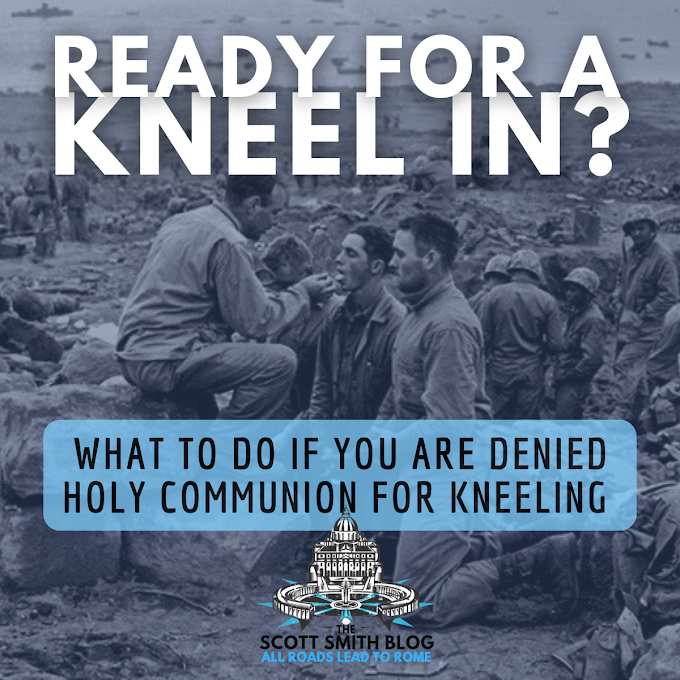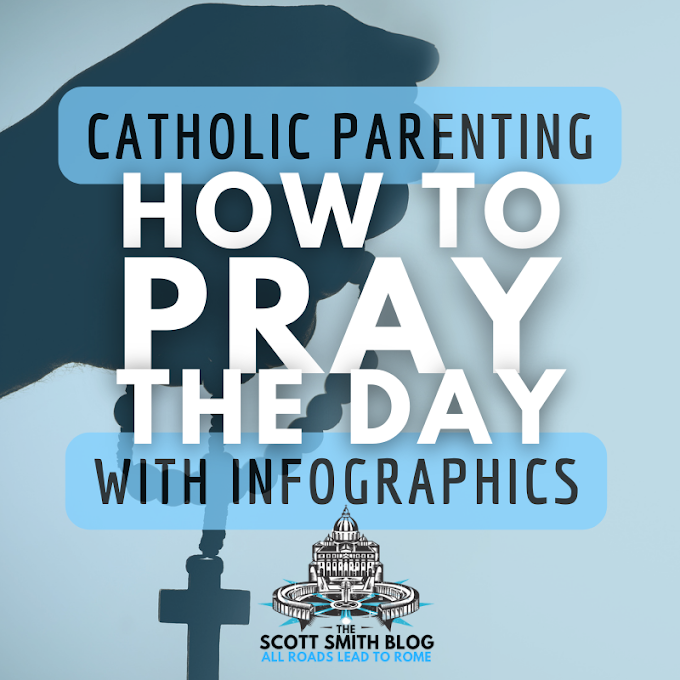Something great might be about to happen in America.
The First Amendment's Establishment Clause has been misused to take away so many vital parts of American society.
Prayer in schools ...
First, the Lord's Prayer was evicted from schools; cf. Abington Township v. Schempp (1963). School prayer was taken away. Even observing a moment of silence was taken away; cf. Wallace v. Jaffree (1985). Praying at or even before sporting events was taken away; cf. Santa Fe Independent School Dist. v. Doe (2000).
We kneel now, but not for God.
The Supreme Court stopped just short of taking "under God" out of the Pledge of Allegiance; cf. Elk Grove Unified School District v. Newdow (2002).
Nativity Scenes ...
Nativity scenes and other religious displays were taken away. Though, for some reason, the Menorah was allowed to remain; cf. Allegheny County v. ACLU (1989).
The Ten Commandments ...
Statues of the foundations of law and justice - the Ten Commandments, Moses, and Christ, the divine lawgiver - were taken away for not being secular enough; cf. McCreary County v. ACLU (2005). Here's a nice video from Ben Shapiro about the importance of the Ten Commandments to the underlying values and virtues of American society:
For decades, the First Amendment has been used to bully and bludgeon Christianity.
To prevent the so-called "establishment" of Christianity, the Supreme Court has established anti-Christianity and anti-religion as the state religion.
But the rising tide of anti-Christianity might be about to shift ...
Oral arguments in American Legion v. American Humanist Association, the "peace cross" case, will be heard on February 27, 2019.
(1) Whether a 93-year-old memorial to the fallen of World War I is unconstitutional merely because it is shaped like a cross;
(2) whether the constitutionality of a passive display incorporating religious symbolism should be assessed under the tests articulated in Lemon v. Kurtzman, Van Orden v. Perry, Town of Greece v. Galloway or some other test; and
(3) whether, if the test from Lemon v. Kurtzman applies, the expenditure of funds for the routine upkeep and maintenance of a cross-shaped war memorial, without more, amounts to an excessive entanglement with religion in violation of the First Amendment.
Of course, the phrase "separation of church and state" is found no where in the Constitution. It is merely a paraphrasing of Thomas Jefferson's 1802 letter to the Danbury Baptist Association in Connecticut. This may have been an allusion to a similar phrase used by Roger Williams, who founded the first Baptist church in America.
Nevertheless, the Supreme Court seemingly enshrined Jefferson's phrase in Reynolds v. United States (1879), stating that such "may be accepted almost as an authoritative declaration of the scope and effect of the [First] Amendment."
The Roberts-led Supreme Court, according to Chemerinsky, has rejected all of the challenges to religious liberty based on the Establishment Clause, "allowing much more religious involvement in government and government support for religion."
Justice Clarence Thomas argued in Town of Greece v. Galloway (2014) that the Establishment Clause shouldn't apply to to state and local government at all. Justice Thomas is a champion of religious freedom - read more about that here.
Legislative prayers, therefore, could only be challenged in very limited circumstances.
The holding of Town of Greece provided a third test to assess a violation of the Establishment Clause, along with those provided in Lemon v. Kurtzman (1971) and Van Orden v. Perry (2005).
The Lemon Test prohibits any government action that (1) lacks a secular purpose, (2) has the primary effect of “endorsing” religion, or (3) excessively entangles the government in religion. If the government’s action does any of these things, it violates the Establishment Clause.
The Supreme Court ruled in Van Orden v. Perry that Texas could display a statue of the Ten Commandments on the grounds of the Texas State Capitol. In doing so, the Court chose not to use the Lemon test. Applying the new Van Orden Test, the Ten Commandments statue was not unconstitutional because it served a secular and historical purpose.
The second path is the most interesting one. The historical approach would basically return us to the original, intended understanding of the Establishment Clause.
Nine of the 13 colonies had an established religion, as did Great Britain. The Anglican Church was the "established" state church of England. That's why it's called the "Church of England." The American Legion memorial cross is worlds away from that.
As Tenth Circuit Judge Michael McConnell explained in "Establishment and Disestablishment at the Founding," an “establishment of religion” had six common elements:
(1) Government control over the doctrine and personnel of the established church, including laws regulating who could preach and how worship would be conducted;
(2) Mandatory attendance in the established church, including laws imposing penalties for failing to attend church services;
(3) Government financial support of the established church, including taxes and land grants exclusively for the support of the church;
(4) Restrictions on worship in dissenting churches, including laws imposing penalties for preaching outside the established church;
(5) Restrictions on political participation by dissenters, including laws barring dissenters from voting or holding political office; and
(6) Use of the established church to carry out civil functions, including laws giving the church authority to keep public records or prosecute moral offenses.
The "Maryland Peace Cross Case": The American Legion v. American Humanist Association
The American Legion erected a "peace cross" in 1925 in Bladensburg, Maryland. The Bladensburg cross stands as a memorial to the fallen soldiers of World War I. Naturally, civil liberty groups want to destroy it.
It's a pretty terrifying edifice, as you can see, and a "clear and present danger" to American society. Just look at those flowers!
What are the legal issues presented in the American Legion Peace Cross Case?
From ScotusBlog:(1) Whether a 93-year-old memorial to the fallen of World War I is unconstitutional merely because it is shaped like a cross;
(2) whether the constitutionality of a passive display incorporating religious symbolism should be assessed under the tests articulated in Lemon v. Kurtzman, Van Orden v. Perry, Town of Greece v. Galloway or some other test; and
(3) whether, if the test from Lemon v. Kurtzman applies, the expenditure of funds for the routine upkeep and maintenance of a cross-shaped war memorial, without more, amounts to an excessive entanglement with religion in violation of the First Amendment.
The Roberts Court: Eroding the Separation of Church & State?
Erwin Chemerinsky, the Dean of the University of California, Irvine School of Law, states that "incrementally rather than dramatically, the Roberts Court is eroding the notion of a wall separating church and state and allowing much more religious involvement in government and government support for religion." While this may seem like positive steps forward to many, Chemerinsky is no fan of religious authority.Of course, the phrase "separation of church and state" is found no where in the Constitution. It is merely a paraphrasing of Thomas Jefferson's 1802 letter to the Danbury Baptist Association in Connecticut. This may have been an allusion to a similar phrase used by Roger Williams, who founded the first Baptist church in America.
Nevertheless, the Supreme Court seemingly enshrined Jefferson's phrase in Reynolds v. United States (1879), stating that such "may be accepted almost as an authoritative declaration of the scope and effect of the [First] Amendment."
Justice Clarence Thomas argued in Town of Greece v. Galloway (2014) that the Establishment Clause shouldn't apply to to state and local government at all. Justice Thomas is a champion of religious freedom - read more about that here.
Which Religious Test will the Supreme Court apply?
Justice Anthony Kennedy announced the majority opinion in Town of Greece v. Galloway which can be summarized as follows: "Absent a pattern of prayers that over time denigrate, proselytize, or betray an impermissible government purpose, a challenge based solely on the content of a particular prayer will not likely establish a constitutional violation." |
| Justice Kennedy announcing Court's opinion in Town of Greece (Art Lien) |
The holding of Town of Greece provided a third test to assess a violation of the Establishment Clause, along with those provided in Lemon v. Kurtzman (1971) and Van Orden v. Perry (2005).
The Lemon Test prohibits any government action that (1) lacks a secular purpose, (2) has the primary effect of “endorsing” religion, or (3) excessively entangles the government in religion. If the government’s action does any of these things, it violates the Establishment Clause.
So, Which Way will the Court Rule in the American Legion Cross Case?
Luke Goodrich, the Vice President of The Becket Fund for Religious Liberty, describes the three directions the Supreme Court could take in The American Legion v. American Humanist Association. The Supreme Court can either (1) the path of the “Lemon test,” (2) the historical approach, or (3) a punt. No matter which path the court takes, there will be profound implications for the relationship between church and state.The second path is the most interesting one. The historical approach would basically return us to the original, intended understanding of the Establishment Clause.
How did the Framers of the Constitution understand an "establishment of religion"?
That seems like a relevant question, doesn't it. Nevertheless, for decades it has been entirely overlooked. A huge judicial blind spot. This sort of common sense historical approach would mark a historical return to tradition.Nine of the 13 colonies had an established religion, as did Great Britain. The Anglican Church was the "established" state church of England. That's why it's called the "Church of England." The American Legion memorial cross is worlds away from that.
As Tenth Circuit Judge Michael McConnell explained in "Establishment and Disestablishment at the Founding," an “establishment of religion” had six common elements:
(1) Government control over the doctrine and personnel of the established church, including laws regulating who could preach and how worship would be conducted;
(2) Mandatory attendance in the established church, including laws imposing penalties for failing to attend church services;
(3) Government financial support of the established church, including taxes and land grants exclusively for the support of the church;
(4) Restrictions on worship in dissenting churches, including laws imposing penalties for preaching outside the established church;
(5) Restrictions on political participation by dissenters, including laws barring dissenters from voting or holding political office; and
(6) Use of the established church to carry out civil functions, including laws giving the church authority to keep public records or prosecute moral offenses.
Luke Goodrich argues that many of the outcomes of the Supreme Court’s Establishment Clause cases already track these six historic characteristics. Take school prayer, for example. In Engel v. Vitale, government officials composed a prayer that all public-school children were expected to recite.
Under a historical approach, Goodrich argues, this kind of school prayer violates the Establishment Clause because "the government has used its coercive power to control religious doctrine (by composing an official prayer) and compel religious worship (by pressuring children to recite it)."
But is this true? The prayer in Engel v. Vitale may have partially violated one or two of the elements of above, but certainly not all of them. For example, the students' attendance was mandatory at the school, but not at a church. Also, the school could potentially penalize non-participation, but not a church.
Regardless, the historical understanding of the Establishment Clause could have a huge potential effect. American Legion could lead to a First Amendment earthquake.
Prayer in schools: Back
Ten Commandments Statues: Everywhere
Pledge of Allegiance: Safe
Conscience protections: Safeguarded
Not only that, governments might again have the ability, without establishing a particular Christian church, to condone Christian virtues and reject Satanic ones. Surely, the government is at least capable of saying "Jesus good, Satan bad." We don't have to accept the awful for the sake of the good:
Who knows? Students might even be taught morality and virtue in our public schools.
Do you think that could help prevent gun violence in schools? Just ask yourself: Have you ever heard of a Catholic school shooting?
Lots to think about! Please remember to share and comment below.
But is this true? The prayer in Engel v. Vitale may have partially violated one or two of the elements of above, but certainly not all of them. For example, the students' attendance was mandatory at the school, but not at a church. Also, the school could potentially penalize non-participation, but not a church.
Regardless, the historical understanding of the Establishment Clause could have a huge potential effect. American Legion could lead to a First Amendment earthquake.
Prayer in schools: Back
Ten Commandments Statues: Everywhere
Pledge of Allegiance: Safe
Conscience protections: Safeguarded
Not only that, governments might again have the ability, without establishing a particular Christian church, to condone Christian virtues and reject Satanic ones. Surely, the government is at least capable of saying "Jesus good, Satan bad." We don't have to accept the awful for the sake of the good:
Do you think that could help prevent gun violence in schools? Just ask yourself: Have you ever heard of a Catholic school shooting?
Lots to think about! Please remember to share and comment below.
















0 Comments